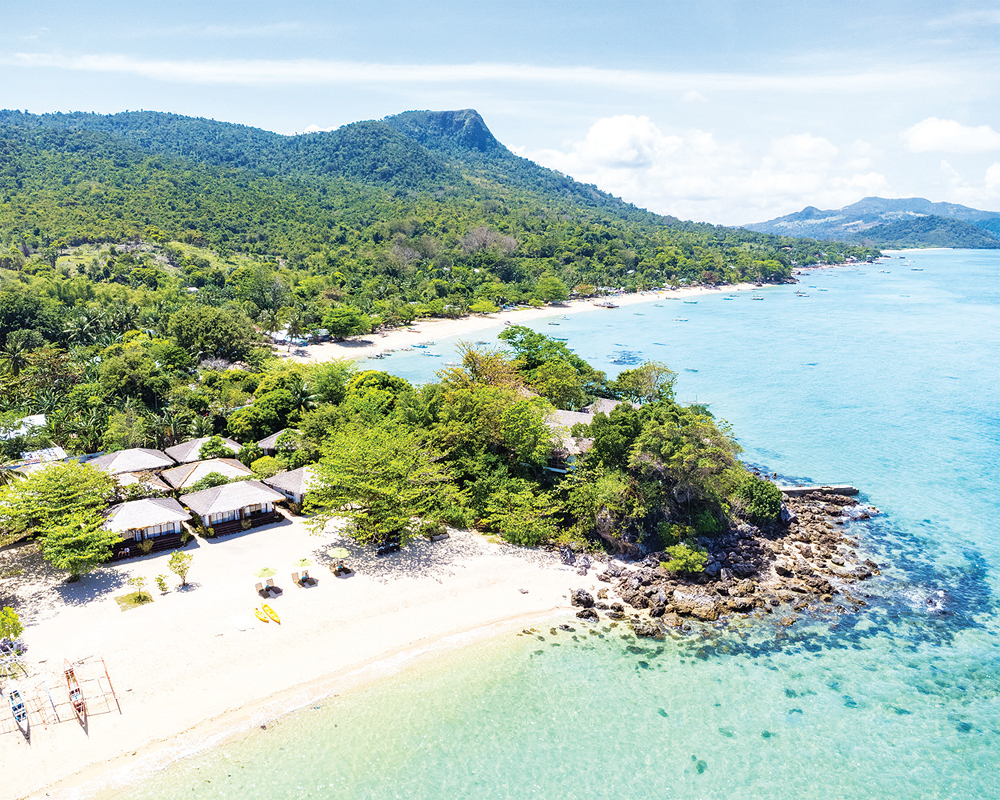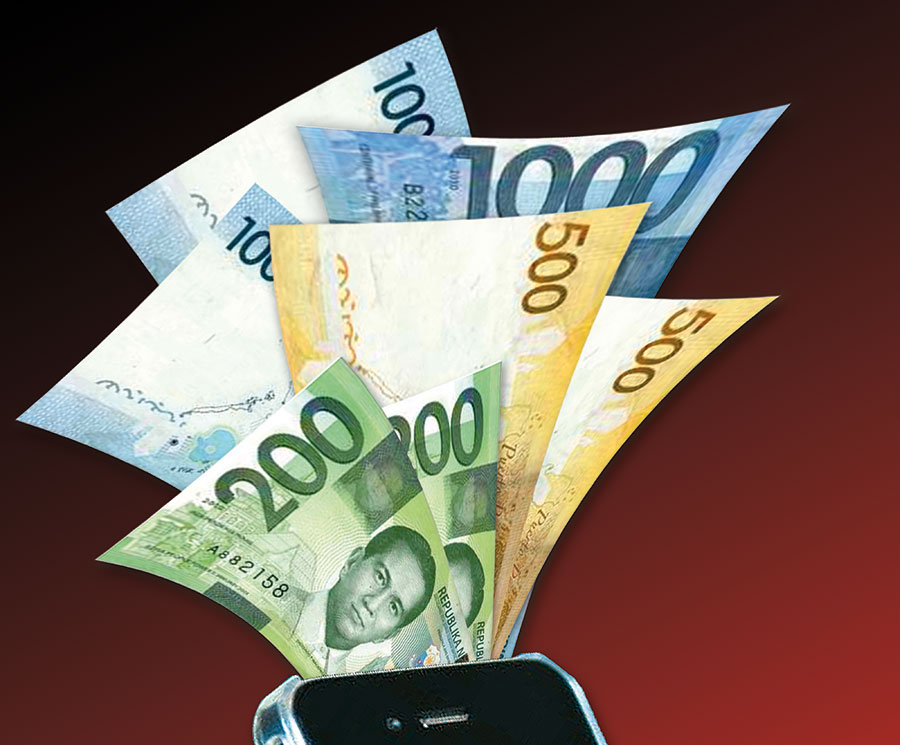Higher food prices and utility rates pushed inflation faster in January, hitting its highest since November 2008 and breaching the top end of the central bank’s forecast for the month.
The Philippine Statistics Authority yesterday said inflation accelerated further to 8.7 percent in January from 8.1 percent in December 2022 and 3 percent a year ago.
Core inflation, which excludes selected food and energy items in the headline inflation, rose to 7.4 percent from 6.9 percent the previous month and 1.8 percent the previous year.
“The main driver in the uptrend of inflation in January 2023 was the higher year-on-year increase in the index of housing, water, electricity, gas and other fuels at 8.5 percent, from 7.0 percent in December 2022. This was followed by food and non-alcoholic beverages at 10.7 percent, from 10.2 percent the previous month,” Dennis Lapid, national statistician and civil registrar general, said in a statement.
Lapid said price increases for restaurants and accommodation services index also contributed to the increase.
Relative to their annual rates in the previous month, higher annual increases were also observed in the indices of the following commodity groups: Alcoholic beverages and tobacco; clothing and footwear; furnishings, household equipment and routine household maintenance; health; recreation, sport and culture; and personal care and miscellaneous goods and services.
Lower annual increase, however, was observed in the index of transport. The indices of information and communication, education services, and financial services remained at their previous month’s annual rates.
“Food inflation at the national level climbed to 11.2 percent in January, from 10.6 percent in December 2022. In January 2022, food inflation stood at 1.6 percent,” Lapid said.
The higher food inflation, according to Lapid, was mainly brought about by the increased year-on-year growth in the index of vegetables, tubers, plantains, cooking bananas and pulses.
Higher annual mark-ups were also observed in the indices of the following food groups during the month: flour, bread and other bakery products, pasta products, and other cereals; fish and other seafood; milk, other dairy products and eggs; and fruits and nuts.
Inflation for the National Capital Region (NCR) was at the same level, at 8.6 percent, with the housing, water, electricity, gas and other fuels index posting an increase of 6.9 percent and the food and non-alcoholic beverages index with 12.1 percent.
Inflation in areas outside NCR also went up to 8.7 percent from 8.2 percent the previous month.
“Compared with their respective annual growth rates in December 2022, 10 regions in AONCR (areas outside NCR) showed higher inflation rates in January 2023. Among the regions in AONCR, Region VI (Western Visayas) posted the highest inflation rate of 10.3 percent, while Region VIII (Eastern Visayas) registered the lowest inflation of 6.9 percent,” Lapid added.
Top priority
In a video message yesterday, President Marcos Jr. said he remained bullish about the economy and expects the inflation rate to go down by the second quarter of the year.
Marcos said the government has implemented several measures to bring down inflation but its impact has yet to take effect as these “have not yet gone through the system.”
He said the country has been fighting inflation head-on with short-term measures such as easing import restrictions, monitoring prices, providing social support, fuel subsidies, and establishing buffer stock for key commodities while for the long term, the government has been pursuing energy, security, agricultural productivity, and disaster preparedness-related measures.
“ We have already taken some measures so that the supply will be greater and so that will bring the prices down but that will take a little time. And as my continuing estimate or forecast is that by — we can see the lowering of inflation by the second quarter of this year,” he said.
The President believes as prices of fuel and agricultural products continue to go down, its effect on inflation will only be felt “further down the road.”
“I sincerely believe that this is going to be as high as it’s going to get,” the President said.
Benjamin Diokno, finance secretary, said the Marcos administration “has intensified its measures to improve local production and agricultural productivity.”
“The thrust to improve productivity in the agriculture sector and ensure energy security will help stabilize inflation moving forward,” Diokno said.
He said the government is adopting a whole-of-government approach and is continuing the distribution of organic and bio-N fertilizers, quality seeds, seedlings, farm production and post-harvest machinery and equipment.
“Financial assistance has also been extended through credit and direct cash aid to help reduce the input cost of production and increase the production of farmers,” Diokno added.
Arsenio Balisacan, National Economic and Development Authority secretary, said higher agricultural productivity, food supply augmentation, and energy security are top priorities of the government to temper upward price pressures.
“As part of the administration’s 8-point agenda and the Philippine Development Plan (PDP) 2023-2028, the government is implementing measures to ease price pressures and cushion the impact of inflation, especially on basic commodities,” Balisacan said.
He said NEDA has been working closely with agencies to ensure timely and efficient implementation of the strategies and programs laid out in the PDP particularly in modernizing the country’s agriculture and agribusiness and ensuring energy security.
The NEDA chief said short-term measures include augmenting supply such as through temporary easing of import restrictions, price monitoring, and targeted social support. In the medium to long term, the priority consists of ensuring food security through higher agricultural productivity and ensuring energy security by pursuing the energy transition and development program.
“Our measures are meant to balance the interests among local food producers, consumers, and the overall economy,” Balisacan said.
The economic managers expect inflation to moderate for 2023 to 2024, with a slower-than-expected global recovery and waning pent-up domestic demand.
Higher than estimates
Michael Ricafort, RCBC chief economist, inflation for the month of January were “higher than market estimates including the BSP’s estimate of 7.5 percent-8.3 percent for the month.”
“Thus, relatively elevated inflation data locally could support further local policy rate hikes still expected to match any future Fed (US Federal Reserve) rate hikes to maintain comfortable interest rate differentials to help stabilize the peso and overall inflation,” Ricafort said.
“The Fed recently signaled about two more Fed rate hikes going forward, that could be matched locally, by +0.25 bps each at least for the next two local rate-setting meetings and possible -2 percentage points cut in large banks’ reserve requirement ratio (RRR) especially if inflation stabilizes within the first six months of the year that could infuse a total of about P260 billion into the local financial system,” Ricafort said.
June Neri, BPI lead economist, said most analysts expected a reversal in the inflation trend as shown by the consensus forecast.
“The trend has not changed mostly because of food. Predicting the behavior of this inflation component has become more difficult because of the uncertainties in supply,” he said.
“Inflation in February may stay above 8.5 percent following the unexpected surge in January. A lower inflation print is more likely in March or April if oil prices remain stable.
Inflationary pressures from food may also start to subside in these months as the harvest season begins and as imports arrive,” Neri said.
“The latest inflation figure provides a strong argument for additional rate hikes. Aside from supply problems, pent-up demand has persisted as shown by the latest GDP data. This has also contributed to inflation. Additional rate hikes will help in easing price pressures coming from revenge spending,” he added.
“No one saw it coming,” HSBC Asean Economist Aris Dacanay said.
“In fact, the market expected inflation to go down; the forecasts surveyed by Bloomberg ranged from 5.4 percent to 8 percent, which means all forecasts were below the December 2022 CPI of 8.1 percent and everyone expected inflation to have already peaked,” he added.
He explained inflation rates in most of Asean “have been treading downwards since the fourth quarter of 2022, but inflation in the Philippines has yet to reach the peak.”
“This was the 11th consecutive month of inflation accelerating. And momentum is still relentless. Core CPI also accelerated to a 23-year high on the back of a broad based increase across commodity baskets. It seems second-round round effects are still reverberating in the economy, supported by still-high demand,” Dacanay said.
“Given the eye-watering rise in prices, risks are on the upside when it comes to our baseline forecast of a 25bp hike by the BSP (Bangko Sentral ng Pilipinas) next week – more so given the higher-than-expected GDP growth of 7.2 percent in 4Q 2022, which brought full-year growth to 7.6 percent, the highest in the last 46 years,” Dacanay said.
After noting the further uptick in prices of major consumer prices in November, the Monetary Board decided last December to raise the interest rate on the BSP’s overnight reverse repurchase facility by 50 basis points to 5.5 percent,
This is the highest in more than 14 years or since November 2008, when it was at 6.00 percent.
The interest rates on the overnight deposit and lending facilities was also set to 5 percent and 6 percent, respectively.
The policymaking Monetary Board’s next meeting is scheduled on Thursday, February 16.








